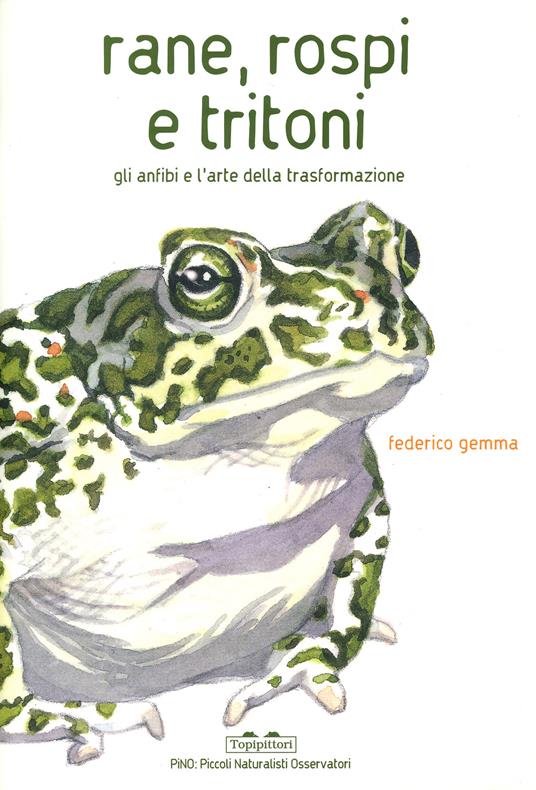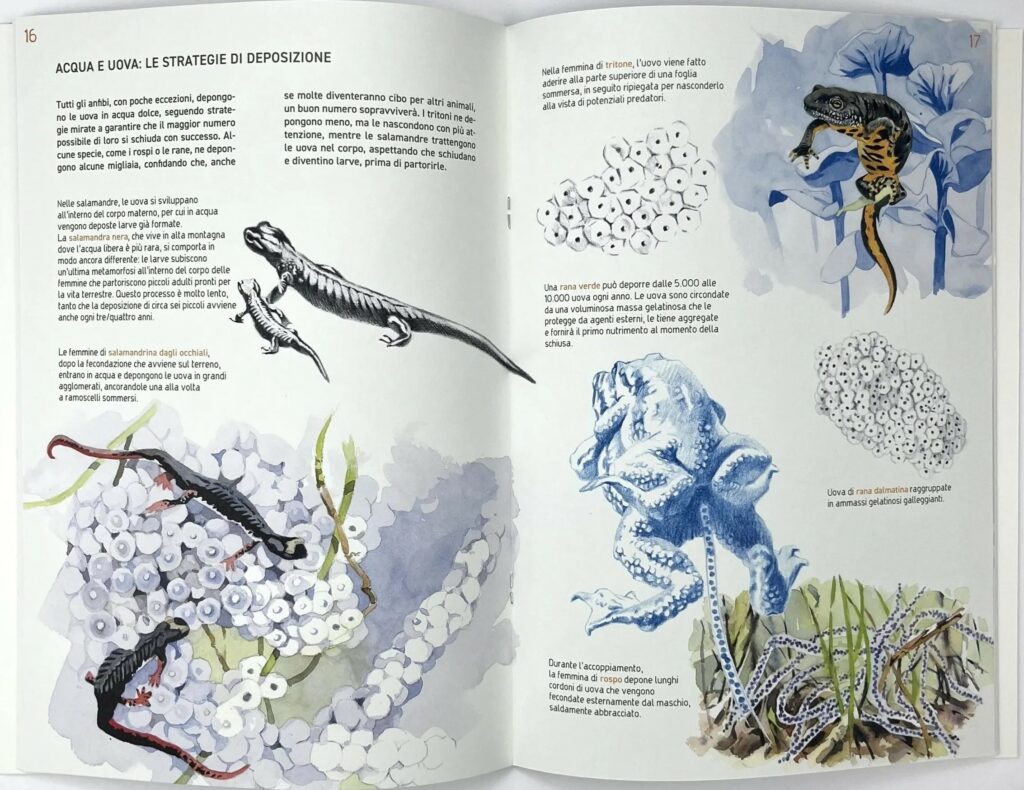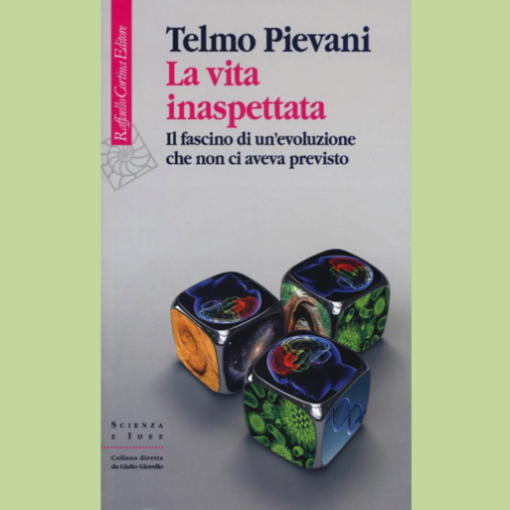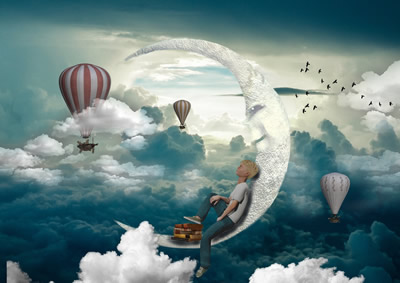
In fairy tales, the princess often kisses the toad who turns into a handsome prince and… “they lived happily ever after”. In reality, toads and in general all amphibians (frogs, toads and newts), do not turn into princes, but in their two lives, (the term amphibian means exactly this: “with a double life”) they face a radical transformation.
Very elusive, they can be encountered by chance in humid environments; we hear them croaking on summer nights, but they are increasingly rare due to the disappearance of their natural environments and the use of pesticides; yet they would be natural insecticides themselves and great devourers of annoying insects! As children we went to the river, in the stagnant pools to observe the tadpoles, their first phase of life and to collect some in large vases full of water to observe the miracle of their transformation. From small aquatic animals, they transform to live their second life on the ground as adults, legs sprout, in some species the tail disappears, the gills regress and lungs develop, thus decreeing the passage from aquatic to terrestrial life, from herbivores they become carnivores.

PiNO Piccoli Naturalisti Osservatori series
Pages: 32 ill., Paperback | EAN: 9788833701554
Reading age: From 7 years
“Rane tospi e tritoni” (Frogs, toads and newts), our reading recommendation for this month, is the new title in the “Piccoli Naturalisti Osservatori” series that Federico Gemma, biologist and naturalistic illustrator, wrote and illustrated for children aged 7 and up who, living in a world mostly made of concrete, do not know the universe of amphibians. He tells about their lives, the different environments where they live, their surprising metamorphoses.
It aims to make the most widespread amphibians in our territories known not only through splendid illustrations, but also by inspiring readers to draw them and suggesting respect for the environment above all.
So even if the frog does not become a prince, …… happy reading guys!

Credits
Maria Beatrice Lupi is a naturalist and expert in training, planning for sustainable development, participatory methodologies, and European planning. Currently, she is involved in dissemination and education for sustainability.
Translation by Maria Antonietta Sessa




